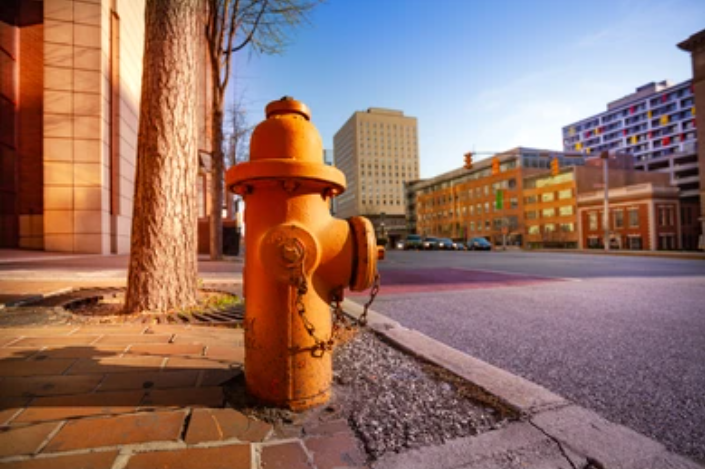Fire hydrants are a vital part of any community’s emergency response plan. By knowing how to inspect and maintain a fire hydrant safely, you can help ensure that it is ready for use in the event of a fire emergency. In this guide, we will walk you through the process of inspecting and maintaining a fire hydrant. We will also discuss some common problems with fire hydrants and provide tips for troubleshooting them. Let’s get started!
Private and Public Fire Hydrants
Most of the fire hydrants in the United States are private and public. Private fire hydrants are typically owned and maintained by a business or individual, while public fire hydrants are managed by the local municipality. To use a private fire hydrant, you must first get permission from the owner. All you need to use a public fire hydrant is an open spigot.
A frequency of Fire Hydrant Inspection
Fire hydrants have been inspected a minimum of two times a year, preferably once a year. However, the inspection frequency may vary depending on the location and type of hydrant. For example, a private fire hydrant used frequently may need to be inspected more often than one that is not used as often.
Inspection Process
Fire hydrant inspection should be done by a team of at least two people, who will check the following opponents:
Water flow and pressure are checked by turning on the hydrant and taking down readings. According to NFPA guidelines (NFPA 25), water flow should be 250-500 gallons per minute for standard fire hydrants. The pressure should also be noted during this process. Hydrants that do not reach these minimum thresholds may need their nozzles replaced or cleaned out. Usually, maintaining proper water flow means replacing the nozzle once in five years with one using an elastomeric seat to reduce wear and tear caused by minerals in hard water supply lines; however, that figure can vary depending on water quality. Contacting the local fire department is also recommended to determine appropriate standards of flow and pressure for your hydrant.
Hydrants should be inspected at least once annually and maintained as necessary, with additional inspections taking place based upon field conditions (e.g., debris in the immediate area, corrosive environment). During the inspection, it’s essential to check some different features:
Caps
Hydrant caps should sit tightly on their spindles and not leak any water when turned on or forced open by hand. Caps that do not fit properly may need replacement or adjustment using packing material; however, if there are no signs of damage or wear-and-tear from weather exposure (see below), simply tightening up their spindles may be enough. Packing material should be replaced as needed to ensure an airtight seal.
Tamper Caps
Tamper caps are a safety feature designed specifically for the fire service, allowing firefighters access without having to puncture their way through obstructions like snow or ice; they also protect against vandalism and unauthorized usage. If these caps aren’t present on your hydrant, consider installing them immediately–they can save lives! In addition, tamper caps must remain functional at all times so there is no risk of injury during emergencies when time might be limited (e.g., due to smoke inhalation).
What is fire extinguisher maintenance?
Extinguisher maintenance is the process of inspecting and servicing fire extinguishers to ensure they are in good working order. The purpose of this process is to analyze any problems before they cause an emergency (e.g., if there is a leak). Additionally, it may be necessary at times when you need additional capacity due to increased demand on your building’s system (e.g., during peak periods) or because an event has occurred that could require more equipment than what’s currently available (such as a fire). It’s important not only for safety but also for financial reasons—it won’t do much good if all those expensive new extinguishers go up in flames!
Conclusion
All in all, inspecting and maintaining a fire hydrant is not as difficult as it may seem. By following these simple steps, you can help ensure that your community’s fire safety is always up to par. Visit to know more about how to inspect and maintain a fire hydrant.


